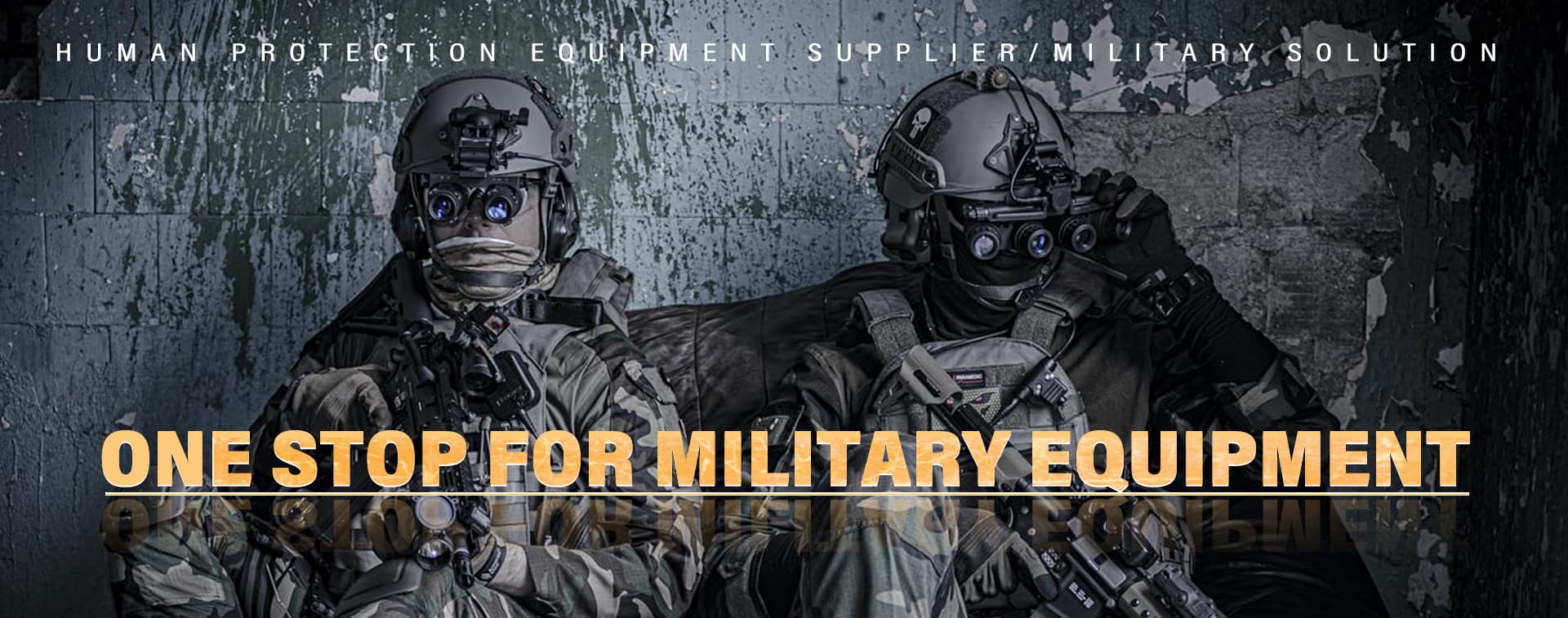Something That You May Not Know About BFD of Bulletproof Standards
Feb 22, 2024
Back-face deformation depth: The depth of the back-face deformation of a bulletproof products after being deformed by a bullet impact. The greater the depth, the more likely the user is to have "broken ribs" or others.
FMJ/FMSJ bullet: an all metal armor shell, a common bullet.
JSP/SJSP Bullet: A semi armor soft tip bullet is an ammunition that sacrifices armor piercing performance in exchange for killing soft targets (humans).
JHP/SJHP missile: a semi armored air tip missile, similar to the JSP/SJSP but with stronger soft target killing ability than the Dame.
FMS bullet: an all metal pointed bullet, a German pistol bullet with a conical head that has stronger armor piercing ability.
United States
1) NIJ 0101.06 standard:
The NIJ 0101.06 standard was developed by the National Institute of Justice in the United States to meet the needs of law enforcement agencies for bulletproof vests. The latest 6-version standard was developed in 2008 and will be replaced by the NIJ 0101.07 standard in 2021.
Due to various reasons, this national standard has become the most well-known standard internationally, truly worthy of the title of "Home of the Brave, Land of the Freedom". Moreover, although it is well-known, this standard is still used by American police officers and may not be sufficient in the military field.
The NIJ standard has the deepest back-face deformation depth among all the different countries’ standards.
The depth of the back-face deformation shall not exceed 1.73 inches/44mm.
2) NIJ 0106.01 (modified) standard:
The NIJ 0106.01 standard is a standard for measuring the bulletproof performance of helmets, established by the National Institute of Justice in 1981. In order to save it from falling behind the old regulations of the times, they made some modifications to it at a certain point in time and added the IIIA level based on NIJ 0108.01.
Chinese GA 141-2010 standard
On October 17, 2010, the Ministry of Public Security of the People's Republic of China issued the GA 141-2010 police bulletproof vest standard, which replaced GA 141-2001. It standardized the types of bullets used during testing and modified the requirements for the protective area of bulletproof vests.
The depth of the back-face deformation shall not exceed 25mm.
Russia GOST R 50744-95 new standard
The new standard implemented in 2017 integrates and removes some overly cumbersome old standards, and adds a new bulletproof level - BR6: capable of blocking 12.7 × 108mm 57-BZ-542 API.
The depth of the concave back shall not exceed 16mm.
British HOSDB Standard (2017 Edition)
Its different levels have different BFD depths.
HO1: Can block 9 * 19mm FMJ bullets and 9 * 19mm JHP bullets. There is no requirement for an average depth of concavity, but the maximum depth of concavity shall not exceed 44mm.
HO2: capable of blocking 9 * 19mm FMJ bullets and 9 * 19mm JHP bullets (requiring higher initial velocity of the projectile, which can be understood as pistol bullets fired from long barreled submachine guns/PCCs). The average depth of the depression should not exceed 25mm, and the maximum depth of the depression should not exceed 44mm.
HO3: Can block 7.26 * 51mm NATO (L44A1 or L2A2) bullets and 7.62 * 39mm bullets. The average depth of the depression should not exceed 25mm, and the maximum depth of the depression should not exceed 30mm.
HO4: Can block the. 308 Win (warhead number 480A) produced by Sacco or the. 308 TSX BT produced by Barnes. The average depth of the depression should not exceed 25mm, and the maximum depth of the depression should not exceed 30mm.
SG1: Can block the 12th shotgun. The average depth of the back indentation should not exceed 25mm, and there are no more than three special levels of optional testing for the maximum depth of the back indentation:
Capable of blocking. 357 Magnum flat headed SP bullets. There is no requirement for an average depth of concavity, but the maximum depth of concavity shall not exceed 44mm.
Can block 5.56 * 45mm SS109 (L17A1h or L15A1) bullets. The average depth of the depression should not exceed 25mm, and the maximum depth of the depression should not exceed 30mm.
Can block 5.56 * 45mm (LE223T3) bullets. The average depth of the depression should not exceed 25mm, and the maximum depth of the depression should not exceed 30mm.
German TR standard
The German TR (Technische Richtlinie) was proposed in 2008 based on the VPAM standard, which may be the most common testing standard in Europe. The biggest difference between it and the NIJ standard is that the TR standard tests handgun armor piercing shells, while NIJ does not.
The depth of the concave back shall not exceed 42mm.
SK L: Can block 9 * 19mm DM 41 round head lead core FMJ bullets.
SK 1: Can block 9 * 19mm DM 41 round head lead core FMJ bullets, 9 * 19mm QD-PEP II/S special police bullets, and 9 * 19mm Action 4 special police bullets.
SK2: Can block. 357 Magnum FMS rounds.
SK3: Can block 5.56 * 45mm SS109 bullets and 7.62 * 51mm DM111 steel core bullets.
SK4: Can block 7.62 * 51mm P80 armor piercing bullets.
Read More
